Home>Articles>11 Retaining Wall Ideas To Maximize Your Outdoor Space
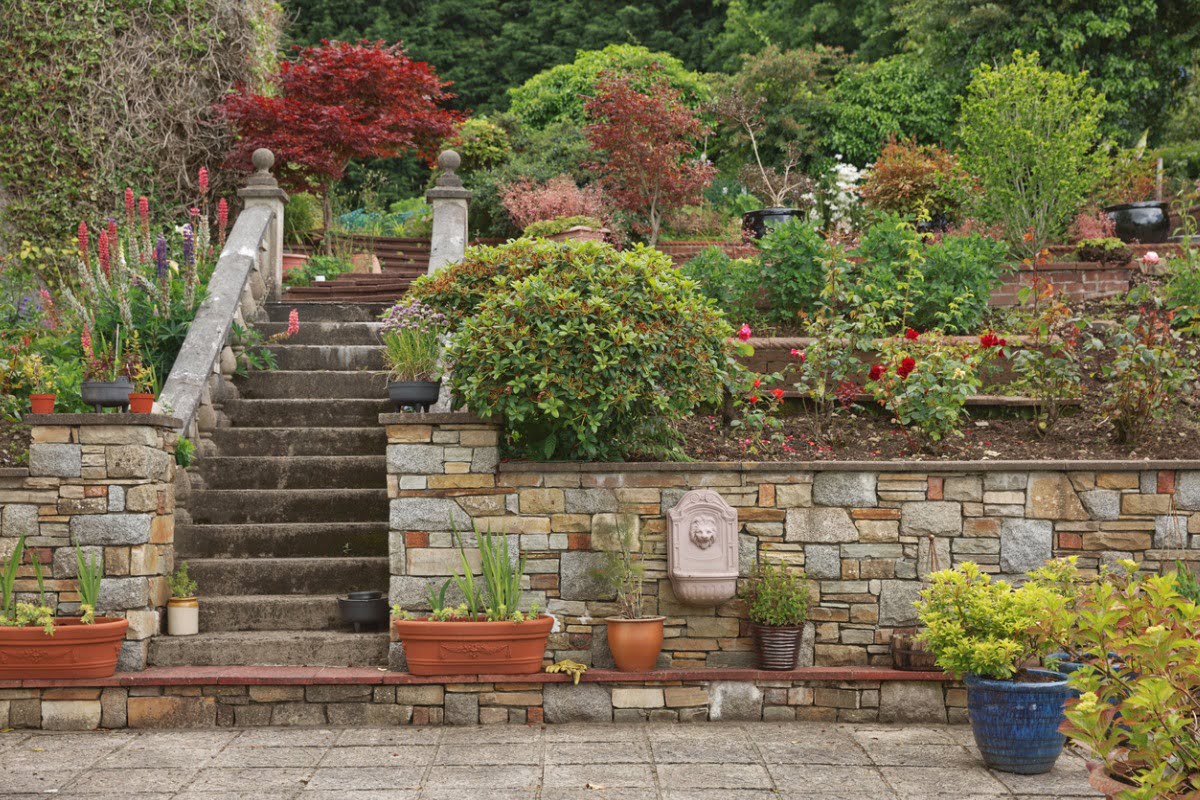

Articles
11 Retaining Wall Ideas To Maximize Your Outdoor Space
Modified: January 19, 2024
Discover 11 innovative articles on retaining wall ideas that will transform your outdoor space and maximize its potential.
(Many of the links in this article redirect to a specific reviewed product. Your purchase of these products through affiliate links helps to generate commission for Storables.com, at no extra cost. Learn more)
Introduction
When it comes to your outdoor space, maximizing its potential can be both aesthetically pleasing and functional. One of the best ways to achieve this is by incorporating a retaining wall into your landscape design. Retaining walls not only add structural support to your property, but they also enhance the overall appeal of your outdoor space.
Retaining walls are commonly used to prevent soil erosion, manage water runoff, and create terraced levels on sloped landscapes. They can also serve as decorative elements that add texture, color, and depth to your outdoor surroundings. Whether you have a small garden or a sprawling backyard, there are numerous retaining wall ideas that can transform your space into a stunning oasis.
In this article, we will explore 11 retaining wall ideas that can help you make the most of your outdoor space. From natural materials like stacked stone and wood to modern options like concrete and steel, there is a retaining wall design to suit every style and preference. So, let’s dive in and discover the endless possibilities for creating an inviting, functional, and visually appealing outdoor area.
Key Takeaways:
- Retaining walls offer both functional and aesthetic benefits, from timeless stacked stone and rustic wood to modern Corten steel and eco-friendly gabion walls. Each option adds character and stability to your outdoor space.
- Terraced retaining walls provide a visually captivating solution for managing elevation changes and preventing soil erosion. They allow for the creation of multiple levels, maximizing usable space and adding dimension to your landscape.
Stacked Stone Retaining Wall
A stacked stone retaining wall is a timeless choice that adds a touch of elegance and natural beauty to any outdoor space. This type of retaining wall is constructed by arranging individual stones in a stacked pattern, creating a strong and durable structure. The irregular shapes and textures of the stones create a rustic and organic look.
Stacked stone retaining walls can be built using a variety of stone materials, such as limestone, granite, or even fieldstone. The stones are typically interlocked without the need for mortar, allowing for flexibility and easy installation. This style of retaining wall is ideal for creating a traditional and classic ambiance in your outdoor space.
One of the advantages of a stacked stone retaining wall is its versatility. You can choose from various sizes, shapes, and colors of stones to create a wall design that complements your existing landscape. Whether you prefer a uniform look or a more random arrangement, the individual stones lend themselves well to customization.
Besides its aesthetic appeal, a stacked stone retaining wall offers functional benefits as well. It helps prevent soil erosion and provides stability to sloped areas, preventing land shifting and potential damage.
To maintain the natural beauty of a stacked stone retaining wall, regular maintenance is key. Clearing away any debris and ensuring proper drainage will prevent water buildup and prolong the life of the wall. Additionally, inspecting the wall periodically for any loose or damaged stones will help keep it in good condition.
Overall, a stacked stone retaining wall can add a touch of timeless elegance to your outdoor space. Whether you use it to create a terraced garden, define different areas of your yard, or simply as a decorative feature, this type of retaining wall is sure to enhance the beauty and functionality of your outdoor space.
Wood Retaining Wall
A wood retaining wall is a popular choice for those looking to add a rustic and natural charm to their outdoor space. Made from pressure-treated lumber or hardwood, wood retaining walls offer a warm and inviting look that can blend seamlessly with any landscape style.
One of the advantages of wood retaining walls is their versatility. They can be easily customized to fit the unique contours of your landscape. Whether you have a straight or curved area, wood can be cut and shaped to create a precise and tailored design.
Wood retaining walls are relatively easy to install, making them a suitable DIY project for homeowners. With proper planning and the right tools, you can build a sturdy and functional wood retaining wall that will last for years.
It’s important to choose the right type of wood for your retaining wall. Pressure-treated lumber is a popular choice as it is resistant to rot and insect infestation. Hardwoods like cedar and redwood are also excellent options due to their natural durability and resistance to decay.
However, it’s worth noting that wood retaining walls may require regular maintenance. The wood should be treated with a sealant or stain to protect it from the elements and extend its lifespan. Inspecting the wall regularly and replacing any damaged or rotted boards will help maintain its structural integrity.
In addition to their aesthetic appeal, wood retaining walls can also provide functional benefits. They help prevent soil erosion, manage water runoff, and create level terraces for gardening or seating areas.
To enhance the visual impact of a wood retaining wall, you can incorporate other elements such as plants, flowers, or even a built-in bench. This will soften the overall look and create a more inviting and colorful outdoor space.
Overall, a wood retaining wall offers a natural and timeless appeal to your outdoor area. Its versatility, easy installation, and ability to blend with various landscape styles make it a popular choice among homeowners. Whether you have a small garden or a larger backyard, a wood retaining wall can add both functionality and beauty to your outdoor space.
Concrete Block Retaining Wall
A concrete block retaining wall is a durable and versatile option that can add a modern and industrial aesthetic to your outdoor space. Made from precast concrete blocks, these walls offer excellent strength and stability for retaining soil and managing elevation changes.
One of the main advantages of a concrete block retaining wall is its ease of installation. The blocks are designed to interlock, creating a sturdy and secure structure. This makes the construction process relatively straightforward, even for those without extensive masonry experience.
Concrete block retaining walls also provide a wide range of design possibilities. The blocks come in various shapes, sizes, and finishes, allowing you to create a customized look that suits your style and preference. You can choose from smooth, textured, or even patterned blocks to add visual interest to your outdoor space.
In addition to their aesthetic appeal, concrete block retaining walls offer excellent functionality. They are resistant to weathering, erosion, and pests, making them a durable option that can withstand the test of time. Concrete blocks also have excellent load-bearing capabilities, which is important for retaining walls that need to support significant amounts of soil.
Maintenance-wise, concrete block retaining walls require minimal upkeep. Periodically cleaning the blocks and checking for any cracks or damage will help ensure their longevity. If any repairs are needed, replacing the damaged blocks can be a relatively simple process.
To enhance the overall appearance of a concrete block retaining wall, you can consider adding a decorative veneer such as stone or brick. This will give the wall a more upscale and visually appealing look while retaining the strength and functionality of the concrete blocks.
Whether you’re looking to create terraced levels in your garden or provide support for your sloped landscape, a concrete block retaining wall is a versatile and practical solution. Its durability, ease of installation, and design flexibility make it a popular choice for homeowners seeking a modern and resilient retaining wall option.
Gabion Retaining Wall
A gabion retaining wall is a unique and environmentally-friendly option that can add a distinctive and textural element to your outdoor space. A gabion wall is constructed by filling large wire baskets, known as gabion baskets, with rocks or other natural materials. These baskets are then stacked to create a sturdy and visually appealing retaining wall.
One of the main advantages of a gabion retaining wall is its ability to blend harmoniously with the surrounding environment. The use of natural materials, such as rocks or stones, gives the wall a raw and organic look that complements various landscape styles. This makes gabion walls an excellent choice for both rural and urban outdoor spaces.
Gabion retaining walls are also highly durable and resilient. The wire mesh baskets are designed to withstand heavy loads and resist weathering and rust. Additionally, the flexibility of the gabion system allows the wall to accommodate slight ground movement and drainage needs, making it a reliable option for retaining soil.
Another advantage of a gabion retaining wall is its sustainability. The use of natural rocks or stones as fillers means that the wall allows for proper water drainage, reducing the risk of pooling and erosion. Additionally, the gabion baskets are typically made from recycled materials, making them an eco-friendly choice for your outdoor space.
Maintenance-wise, gabion retaining walls require minimal upkeep. Periodic inspections to ensure the integrity of the wire mesh and stability of the rocks are recommended. In the event of any damage, individual rocks or sections of the wall can be easily replaced.
Gabion retaining walls can be further enhanced by adding decorative elements or integrating plants into the wall. This allows you to create a living wall that brings even more natural beauty to your outdoor space.
Overall, a gabion retaining wall offers a unique and visually appealing option for your outdoor space. Its natural, environmentally-friendly design, along with its durability and flexibility, make it a popular choice for homeowners seeking a distinctive and sustainable retaining wall solution.
Read more: How To Build A Garden Retaining Wall
Limestone Retaining Wall
A limestone retaining wall is a classic and elegant choice that adds a touch of sophistication to any outdoor space. Limestone is a natural sedimentary rock that comes in various shades of white, gray, and beige, lending a timeless beauty to your landscape.
One of the main advantages of a limestone retaining wall is its aesthetic appeal. The soft and muted colors of limestone create a warm and inviting atmosphere in your outdoor space. The natural textures and patterns in the stone add visual interest, making the wall a focal point of your landscape design.
Limestone is a durable and robust material, making it an excellent choice for retaining walls. It can withstand the test of time and provide the necessary support to prevent soil erosion and manage elevation changes. Its ability to withstand extreme weather conditions makes it a reliable option for outdoor spaces.
Another advantage of limestone retaining walls is their versatility. Limestone can be easily cut and shaped, allowing for customization to suit your specific design preferences. You have the flexibility to create straight walls, curved walls, or even incorporate steps or seating areas within the structure.
Maintenance-wise, limestone retaining walls require regular care to maintain their appearance and integrity. It’s important to clean the surface of the stones regularly and inspect for any signs of damage. If the limestone becomes stained or weathered over time, it can be restored using appropriate cleaning and sealing techniques.
One of the unique aspects of limestone retaining walls is their ability to naturally blend into the landscape. The organic and earthy look of limestone fits well with various outdoor settings, from rustic gardens to modern landscapes. By incorporating plants, shrubs, or vines around the wall, you can further enhance its beauty and create a seamless transition between the natural elements.
Overall, a limestone retaining wall offers a timeless and sophisticated option for your outdoor space. Its aesthetic appeal, durability, and versatility make it a popular choice among homeowners seeking a classic yet functional retaining wall solution.
Railroad Tie Retaining Wall
A railroad tie retaining wall is a unique and rustic option that can bring a touch of charm and character to your outdoor space. Railroad ties, also known as sleepers, are wooden beams that were historically used to support railroad tracks. Today, they are repurposed to create distinctive retaining walls.
One of the main advantages of a railroad tie retaining wall is its rugged and weathered appearance. The natural patina and texture of the wood give the wall a rustic and aged look that adds a sense of history and nostalgia to your landscape design.
Railroad ties are typically made of durable and treated wood, such as oak or cedar, which makes them strong and suitable for retaining soil. The sturdy construction of the ties ensures that the wall can withstand pressure and provide stability to sloped areas.
Building a railroad tie retaining wall can be a DIY-friendly project, as the ties are relatively easy to work with. They can be cut to size and joined with fasteners, allowing you to create a customized design that fits your specific needs and aesthetic preferences.
Maintenance-wise, railroad tie retaining walls require regular attention to ensure their longevity. Inspecting the ties for rot, pests, or any signs of deterioration is essential. If any damage is detected, prompt repairs or replacements should be made to maintain the structural integrity of the wall.
It’s important to note that railroad ties are treated with chemicals to increase their lifespan. If you are concerned about the potential leaching of these chemicals into the soil, you may opt for newer, eco-friendly alternatives that mimic the appearance of railroad ties without the use of harmful preservatives.
Adding vegetation around a railroad tie retaining wall can enhance its visual appeal and soften its overall look. You can plant flowers, grasses, or climbing vines to create a greener and more natural backdrop for the wall.
Overall, a railroad tie retaining wall offers a unique and nostalgic option for your outdoor space. Its rustic charm, durability, and DIY-friendly nature make it a popular choice for homeowners looking to infuse their landscape with a touch of history and character.
When choosing a retaining wall material, consider factors such as durability, maintenance, and aesthetic appeal to ensure it complements your outdoor space.
Brick Retaining Wall
A brick retaining wall is a timeless and elegant choice that can add a touch of sophistication to your outdoor space. Bricks have been used in construction for centuries, and their durability and aesthetics make them a popular choice for retaining walls.
One of the main advantages of a brick retaining wall is its classic and versatile appeal. Bricks come in a variety of colors, including shades of red, brown, and gray, allowing you to choose a color that complements your landscape design. The uniformity and precision of brickwork create a clean and polished look, making it suitable for both traditional and modern outdoor spaces.
Bricks are known for their durability, making them an excellent choice for retaining walls. They can withstand natural elements, such as rain, heat, and freeze-thaw cycles, without losing their structural integrity. When properly constructed, a brick retaining wall can provide long-lasting support and prevent soil erosion.
Building a brick retaining wall requires skill and expertise, as it involves precise measurements and proper mortar application. It is recommended to hire a professional contractor who has experience working with brick to ensure a high-quality and structurally sound wall.
Maintenance-wise, brick retaining walls are relatively low-maintenance. Occasional cleaning to remove dirt and debris will help keep the surface looking fresh. It is also important to inspect the mortar joints for any cracks or deterioration and repair them as needed to maintain the stability of the wall.
One of the unique aspects of a brick retaining wall is its ability to age gracefully. Over time, bricks develop a charming patina that adds character and warmth to the wall. This natural weathering process enhances the beauty of the brickwork and gives the wall a timeless appeal.
To enhance the overall look of a brick retaining wall, you can incorporate decorative elements such as built-in planters or seating areas. This will add functionality and visual interest to your outdoor space.
Overall, a brick retaining wall offers a classic and elegant option for your outdoor space. Its durability, versatility, and timeless appeal make it a popular choice among homeowners seeking a sophisticated and long-lasting retaining wall solution.
Green Retaining Wall
A green retaining wall, also known as a living wall or vegetative retaining wall, is a unique and eco-friendly option that combines the beauty of plants with the functionality of a retaining structure. This type of retaining wall incorporates vegetation into its design, offering a visually stunning and sustainable solution for your outdoor space.
One of the main advantages of a green retaining wall is its ability to blend seamlessly with the surrounding environment. The lush greenery of plants softens the appearance of the wall, creating a natural and inviting ambiance. Whether you choose to use trailing vines, shrubs, or a combination of different plant species, a green retaining wall can transform your outdoor space into a living, breathing oasis.
The plants in a green retaining wall provide numerous benefits. They help to absorb rainfall and prevent soil erosion, reducing the impact of water runoff and promoting healthy drainage. Additionally, the plants act as a natural filter, improving air quality and reducing noise pollution. The additional layer of vegetation also acts as insulation, regulating temperature and providing a cooler microclimate.
The selection of plants for a green retaining wall will depend on factors such as sunlight exposure, soil conditions, and climate. It’s important to choose plants that are suitable for your specific location and can thrive in the vertical environment. Native plants are often a good choice, as they are adapted to the local climate and require less maintenance.
Maintenance of a green retaining wall primarily involves regular watering, pruning, and fertilizing to ensure the health and vitality of the plants. It is also important to monitor the growth of the plants and trim them as needed to maintain the desired shape and size of the wall. Regular inspections should be conducted to identify any signs of pests or diseases and take appropriate measures to address them.
In addition to their functional and environmental benefits, green retaining walls can also be visually striking. By carefully selecting a variety of plants with different textures, colors, and blooming seasons, you can create a living tapestry that adds visual interest and beauty to your outdoor space.
Overall, a green retaining wall offers a sustainable and visually appealing solution for your outdoor area. Its integration of plants not only enhances the aesthetics of your space but also provides functional benefits such as soil erosion control, improved drainage, and enhanced air quality. Transform your retaining wall into a living work of art and enjoy the beauty and benefits of a green landscape.
Read more: Garage Hacks to Maximize Your Garage Storage
Corten Steel Retaining Wall
A Corten steel retaining wall is a modern and industrial option that brings a sleek and contemporary element to your outdoor space. Corten steel, also known as weathering steel, is a high-strength steel alloy that develops a rust-like patina over time when exposed to the elements.
One of the main advantages of a Corten steel retaining wall is its unique and distinctive appearance. The natural weathering process of the steel creates a rich and textured surface that adds character and depth to the wall. The warm tones of the rusted patina complement various landscape styles and can blend well with natural elements or contemporary designs.
Corten steel is highly durable and resistant to corrosion, making it an ideal material for outdoor structures. It can withstand extreme weather conditions and does not require any additional protective coatings or maintenance. The inherent strength of Corten steel ensures that the retaining wall will remain structurally sound and provide long-lasting support for your landscape.
Another advantage of a Corten steel retaining wall is its versatility. The material can be shaped, folded, and welded to create custom designs and sizes that fit your specific needs and preferences. Whether you prefer a straight, curved, or tiered wall, Corten steel can be manipulated to achieve the desired look for your outdoor space.
It’s worth noting that during the initial weathering phase, Corten steel may release some rust runoff. However, this is a temporary process, and once the stable patina forms, the runoff will cease. Additionally, Corten steel is non-toxic, making it a safe option for landscaping.
A Corten steel retaining wall can be further enhanced by incorporating other materials or design elements. Combining it with natural stone or wood can create a striking contrast and add visual interest. The addition of built-in lighting can illuminate the wall at night, creating a captivating ambiance.
Maintenance-wise, Corten steel retaining walls require minimal upkeep. Periodic cleaning is recommended to remove any debris or dirt that may accumulate on the surface. However, it is important to avoid any abrasive cleaners or brushes that could damage the protective rust layer.
Overall, a Corten steel retaining wall offers a modern and industrial aesthetic to your outdoor space. Its durability, distinct appearance, and low-maintenance nature make it a popular choice for those seeking a contemporary and long-lasting retaining wall solution.
Living Wall
A living wall, also known as a vertical garden or green wall, is a captivating and environmentally-friendly option that transforms any outdoor space into a lush and vibrant oasis. Living walls are comprised of a variety of plants that are vertically mounted on a structure, creating a breathtaking display of nature on your retaining wall.
One of the main advantages of a living wall is its stunning visual impact. The arrangement of plants in a vertical pattern adds dimension and texture to your outdoor space. Living walls can be customized to suit your style and preference, with a wide range of plant species, colors, and textures to choose from.
In addition to its aesthetic appeal, a living wall offers numerous environmental benefits. The plants in the wall help to improve air quality by filtering pollutants and releasing oxygen into the surrounding environment. They also act as natural insulators, reducing heat absorption and lowering energy costs.
A living wall can support a diverse range of plant types, from lush foliage plants to cascading flowers. The choice of plants will depend on factors such as sunlight exposure, climate, and the overall design concept. By carefully selecting plants that thrive in vertical environments, you can create a lush and thriving living wall that captivates the eye.
Building a living wall requires proper planning and installation techniques. A structural framework is used to secure the plants and provide the necessary support. An irrigation system is typically incorporated into the wall to ensure that the plants receive the required amount of water and nutrients. Hiring a professional landscaper or vertical garden specialist is recommended to ensure the success and longevity of your living wall.
Maintenance of a living wall involves regular watering and monitoring of plant health. Pruning and trimming may be necessary to maintain the desired shape and size of the plants. It is also important to monitor the irrigation system to ensure proper functioning and avoid issues such as waterlogging or dry spots.
One of the unique aspects of a living wall is its adaptability and versatility. Living walls can be installed on both indoor and outdoor retaining walls, allowing you to bring the beauty of nature into any space. Whether you have a small patio or a large garden, a living wall can transform the area into a vibrant and captivating focal point.
Overall, a living wall offers a stunning and eco-friendly option for your outdoor space. Its combination of visual beauty, environmental benefits, and design versatility makes it a popular choice among homeowners seeking a unique and captivating retaining wall solution.
Terraced Retaining Wall
A terraced retaining wall is a functional and aesthetically pleasing option that allows you to manage elevation changes in your outdoor space while creating distinct levels or terraces. This type of retaining wall is especially useful for sloped landscapes, as it provides stability and prevents soil erosion while maximizing usable space.
One of the main advantages of a terraced retaining wall is its ability to create multiple levels within your outdoor area. By constructing a series of smaller retaining walls at different heights, you can transform a steep slope into a series of flat or gently sloping terraces. These terraces can be used for various purposes, such as gardening, seating areas, or even outdoor entertainment spaces.
A terraced retaining wall gives your landscape a visually appealing and structured look. The tiered levels add depth and dimension, creating a dynamic and interesting focal point in your outdoor space. The walls can be constructed using various materials such as stone, concrete, wood, or even modular block systems that offer flexibility in design and style.
In addition to its visual appeal, a terraced retaining wall provides practical benefits. It helps to prevent soil erosion by holding back the earth on each terrace. It also assists in managing water runoff, reducing the risk of flooding and ensuring proper drainage. By creating level planting areas, gardening and landscaping become more accessible and enjoyable.
The design and construction of a terraced retaining wall require careful planning and consideration of site conditions. It is important to assess the slope and soil stability to determine the appropriate height and placement of each terrace. Consulting with a professional landscaper or retaining wall specialist can help ensure the wall is properly engineered and built to withstand the necessary pressures.
Maintenance of a terraced retaining wall involves regular inspection of each terrace for signs of soil erosion, shifting, or damage. Any necessary repairs or adjustments should be made promptly to maintain the structural integrity of the wall. In addition, proper landscaping practices such as regular watering, pruning, and fertilizing will help maintain the health and vibrancy of any plants or vegetation on the terraces.
Overall, a terraced retaining wall offers both functional and aesthetic benefits for your outdoor space. It allows you to maximize usable space, create visually appealing terraces, and prevent soil erosion. Whether you have a small backyard or a larger landscape, a terraced retaining wall can transform your outdoor area into a functional and visually captivating oasis.
Conclusion
Retaining walls play a crucial role in managing elevation changes, preventing soil erosion, and enhancing the functionality and beauty of your outdoor space. From traditional options like stacked stone and brick to modern choices like Corten steel and living walls, there are a variety of retaining wall ideas to suit every style and preference.
Stacked stone retaining walls offer a timeless and natural look, while wood retaining walls bring warmth and rustic charm to your landscape. Concrete block retaining walls provide durability and design versatility, while gabion walls offer a unique and eco-friendly option. Limestone retaining walls exude elegance and can blend seamlessly with any outdoor setting, while railroad tie walls bring a touch of history and character to your space.
For those seeking a modern aesthetic, Corten steel walls offer a sleek and industrial look, while green walls bring lush greenery and environmental benefits to your space. Finally, terraced retaining walls allow you to create multiple levels within your landscape, maximizing usable space and adding visual interest.
When choosing a retaining wall for your outdoor space, consider factors such as the style and character you want to achieve, the functionality and stability required, as well as the maintenance involved. Hiring a professional landscaper or retaining wall specialist can help ensure the proper design, installation, and longevity of your choice.
Retaining walls not only provide structural support but also serve as stunning features that enhance the overall aesthetics of your outdoor space. Whether you’re looking to create a terraced garden, define different areas, or add an eye-catching focal point, there is a retaining wall idea that suits your needs.
So, take the time to explore these 11 retaining wall ideas and choose the one that best complements your outdoor space. With the right design and materials, you can transform your landscape into a beautiful, functional, and inviting haven for you and your loved ones to enjoy for years to come.
Frequently Asked Questions about 11 Retaining Wall Ideas To Maximize Your Outdoor Space
Was this page helpful?
At Storables.com, we guarantee accurate and reliable information. Our content, validated by Expert Board Contributors, is crafted following stringent Editorial Policies. We're committed to providing you with well-researched, expert-backed insights for all your informational needs.
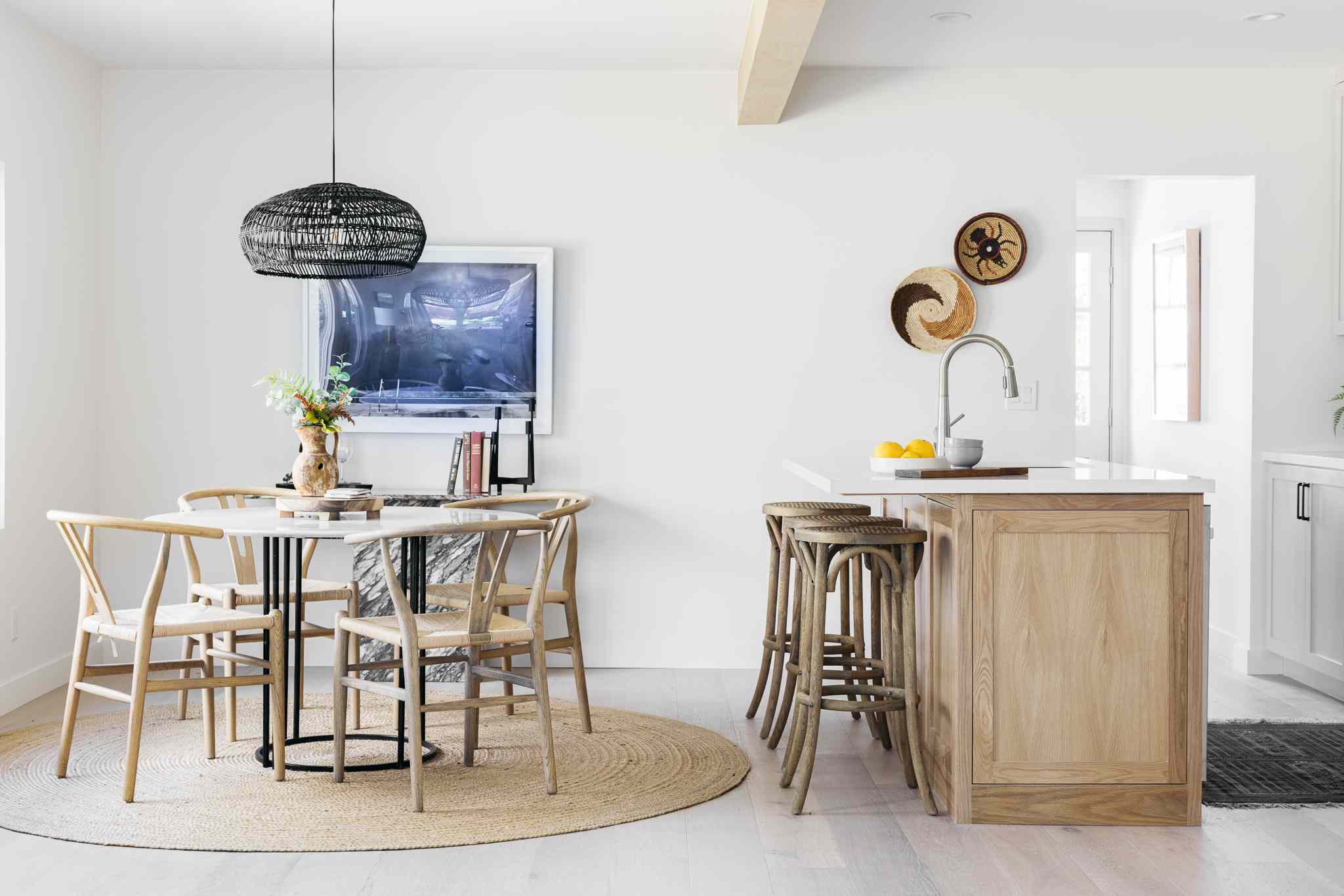
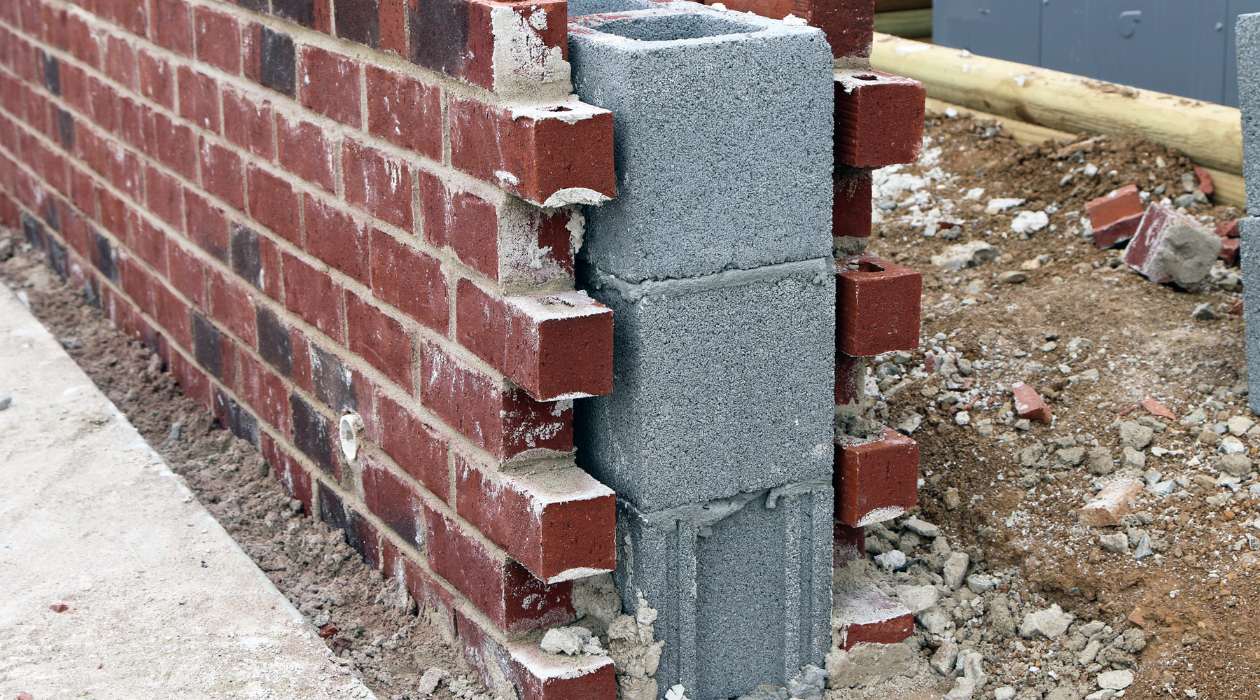
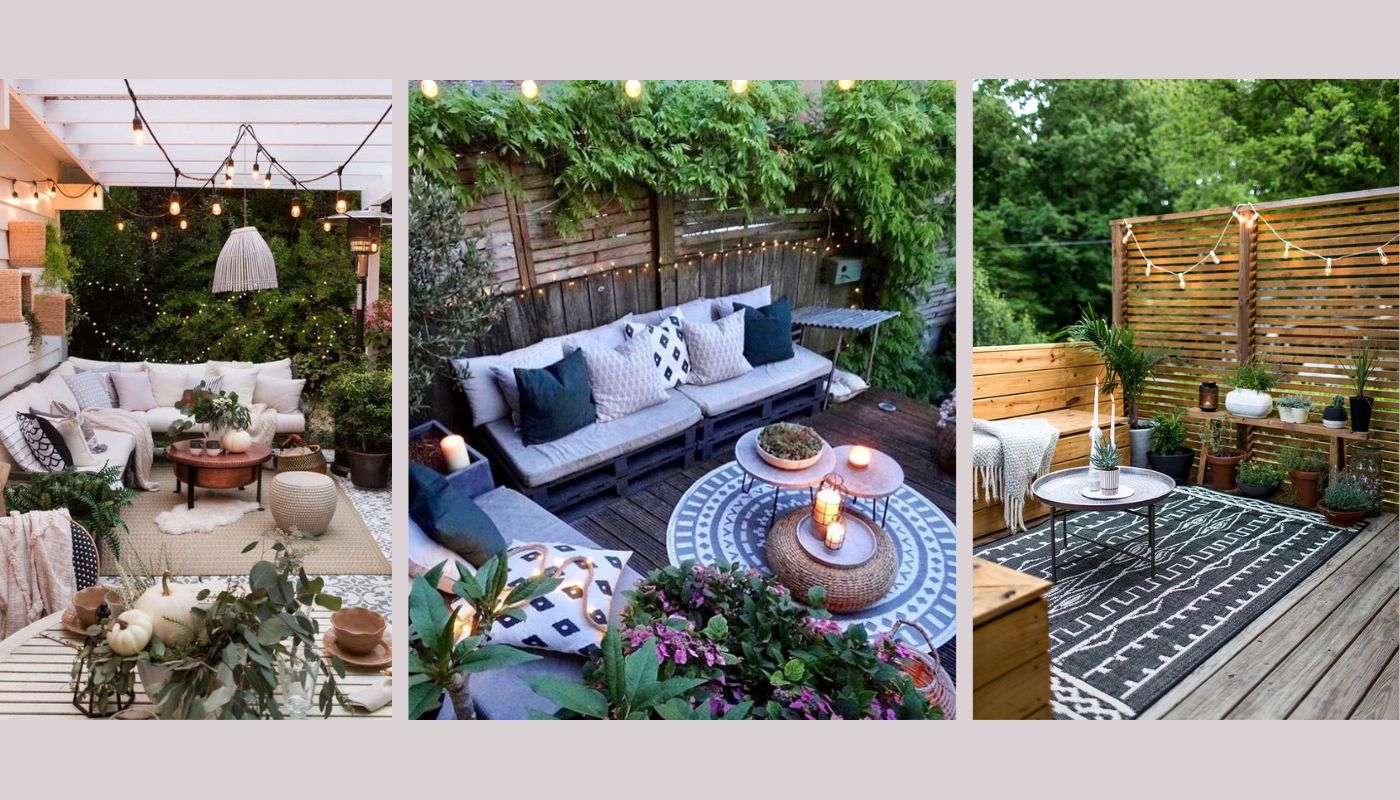

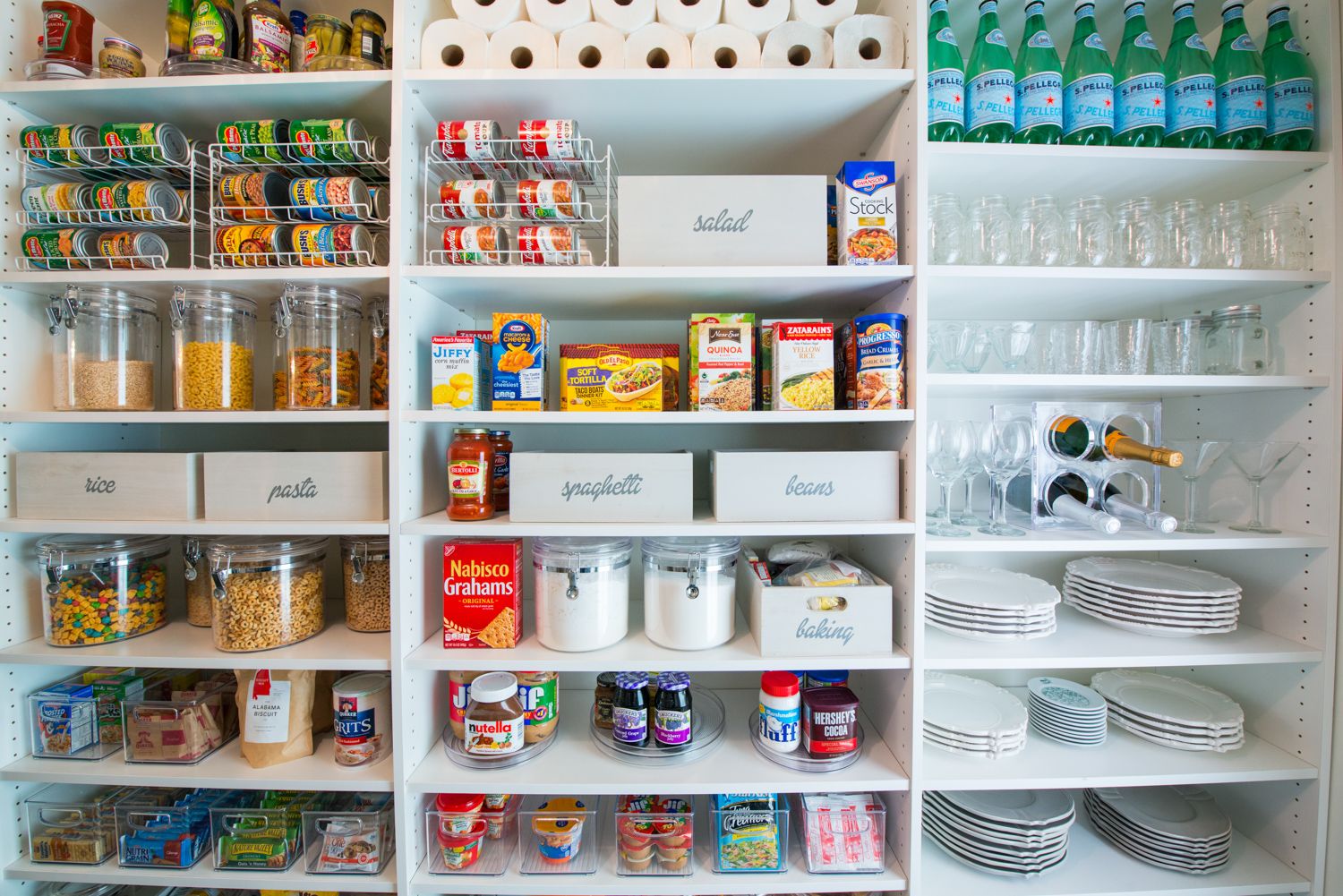
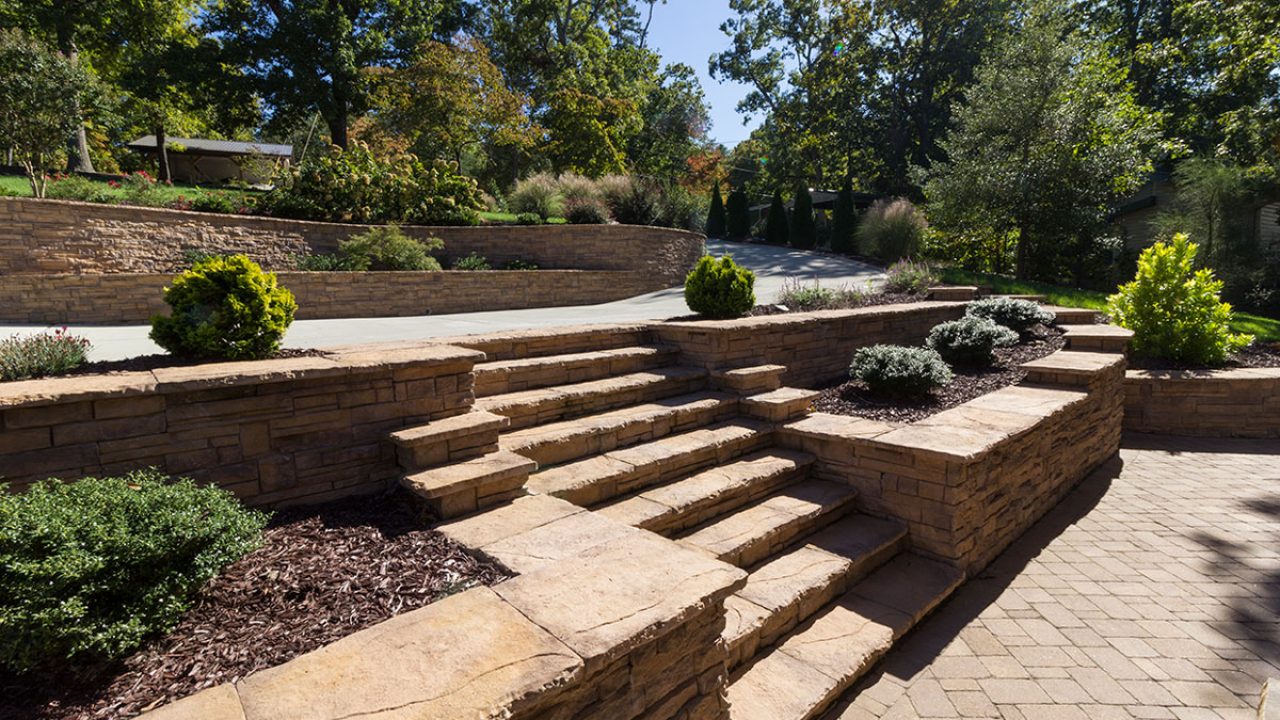
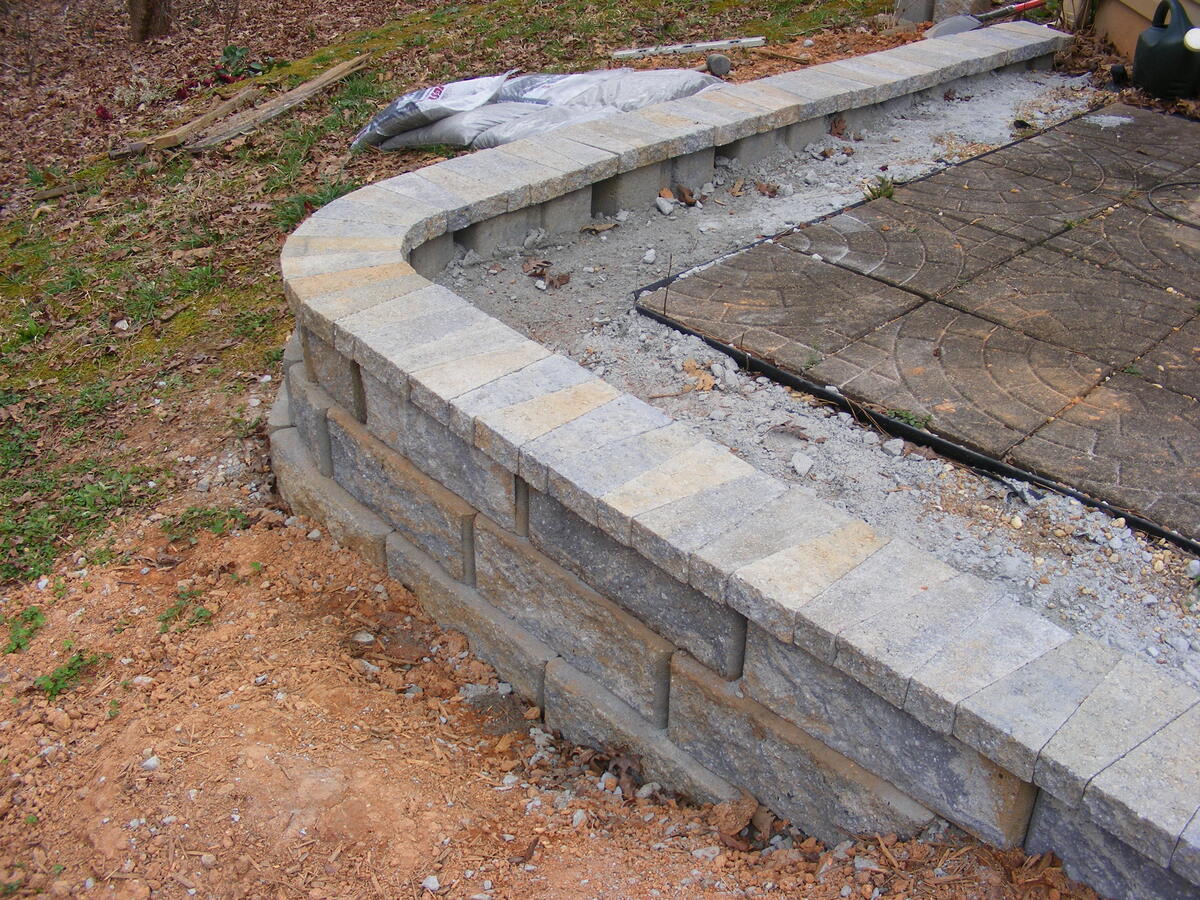
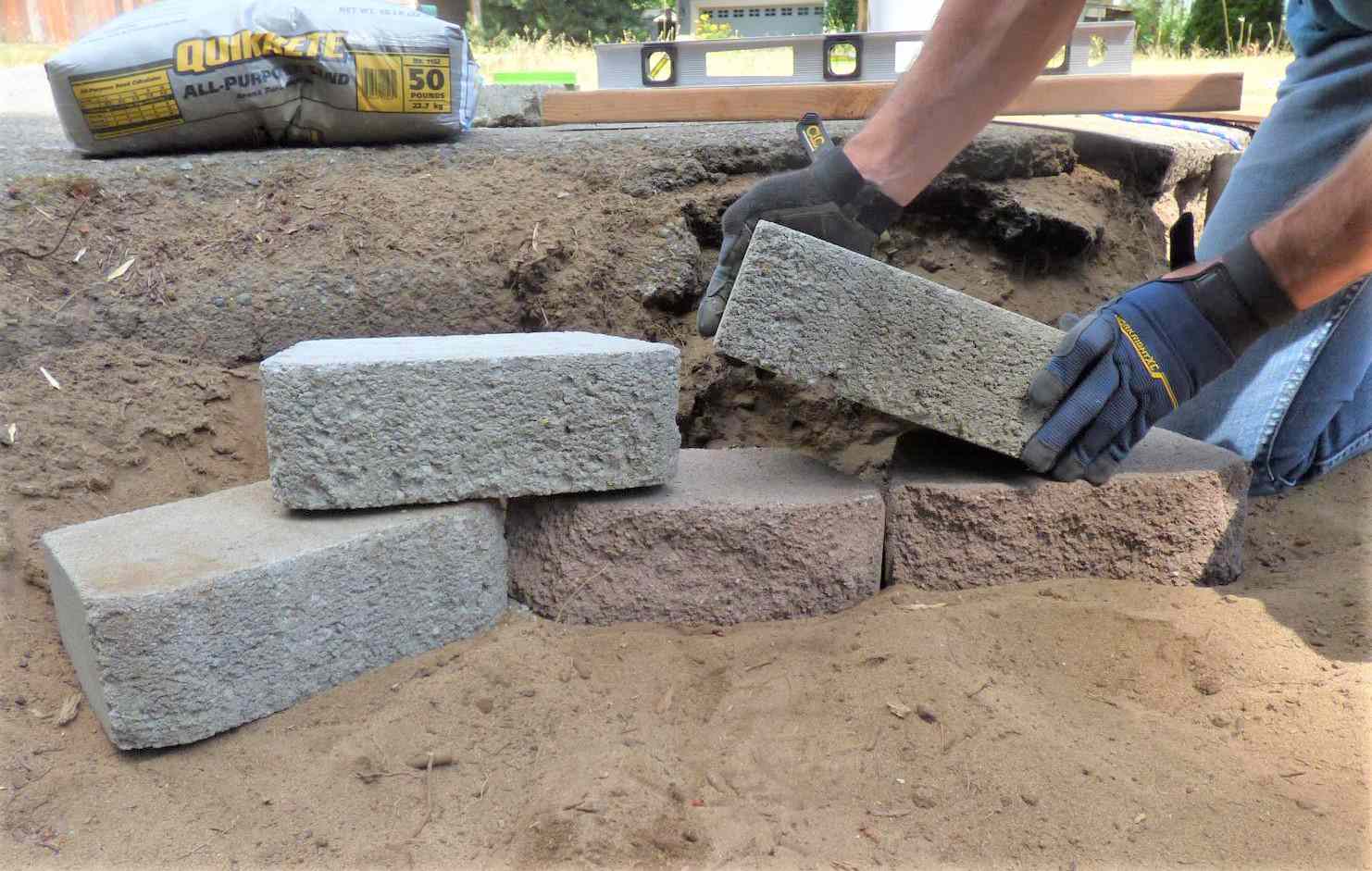
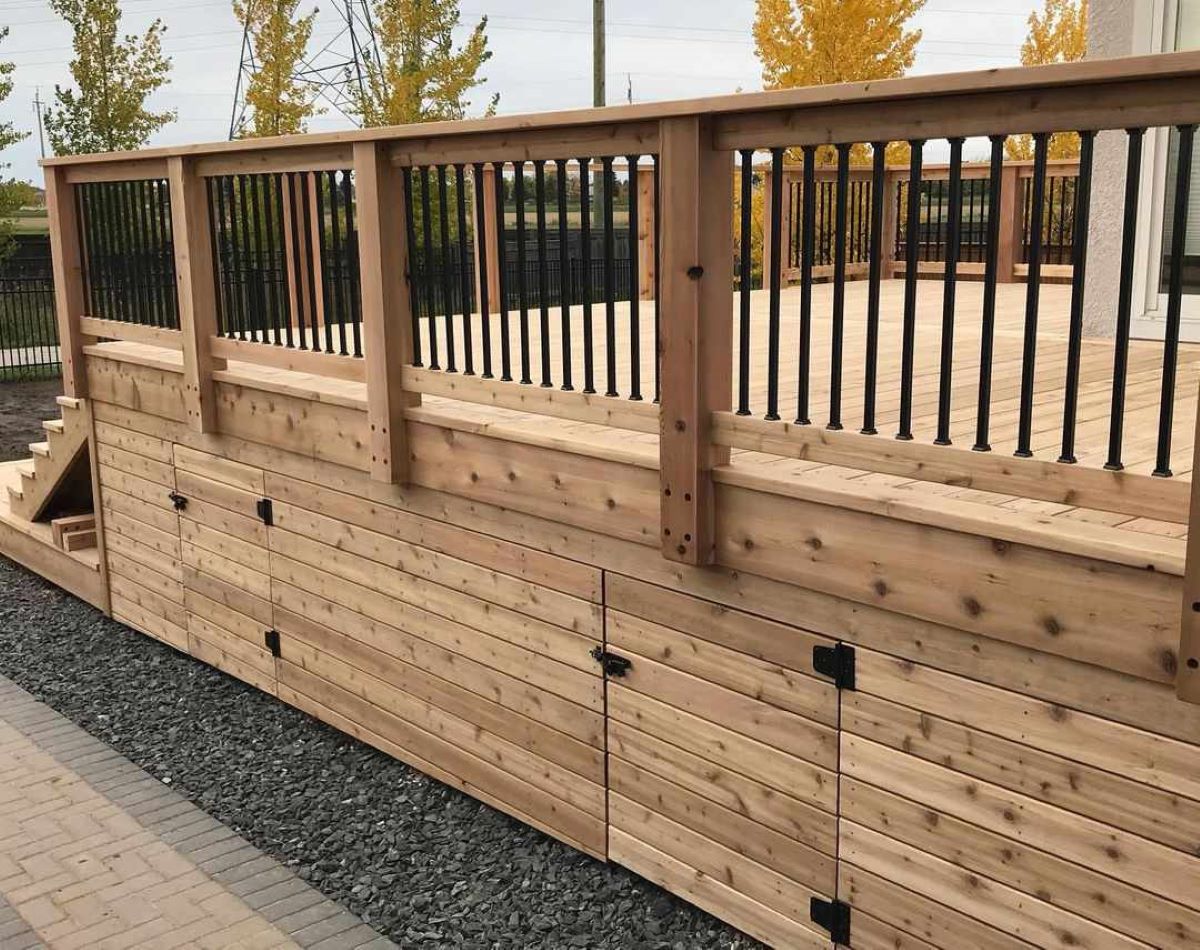

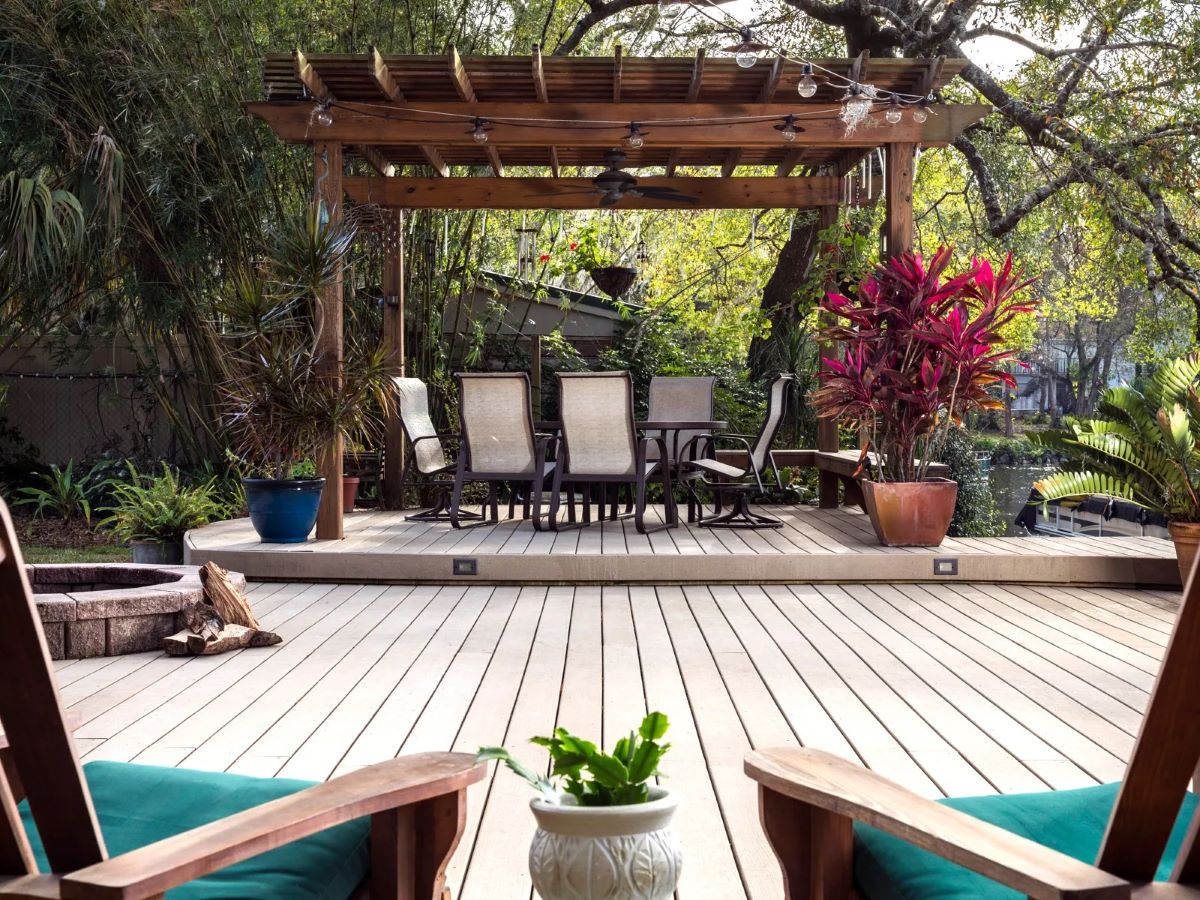
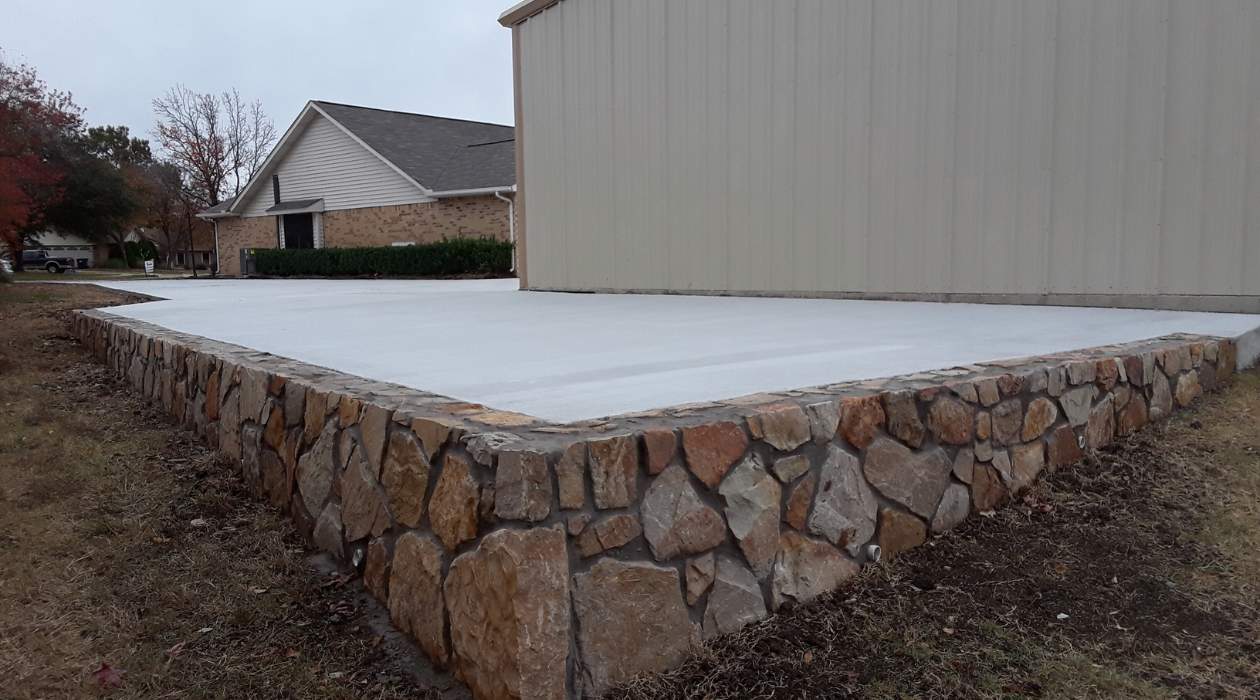
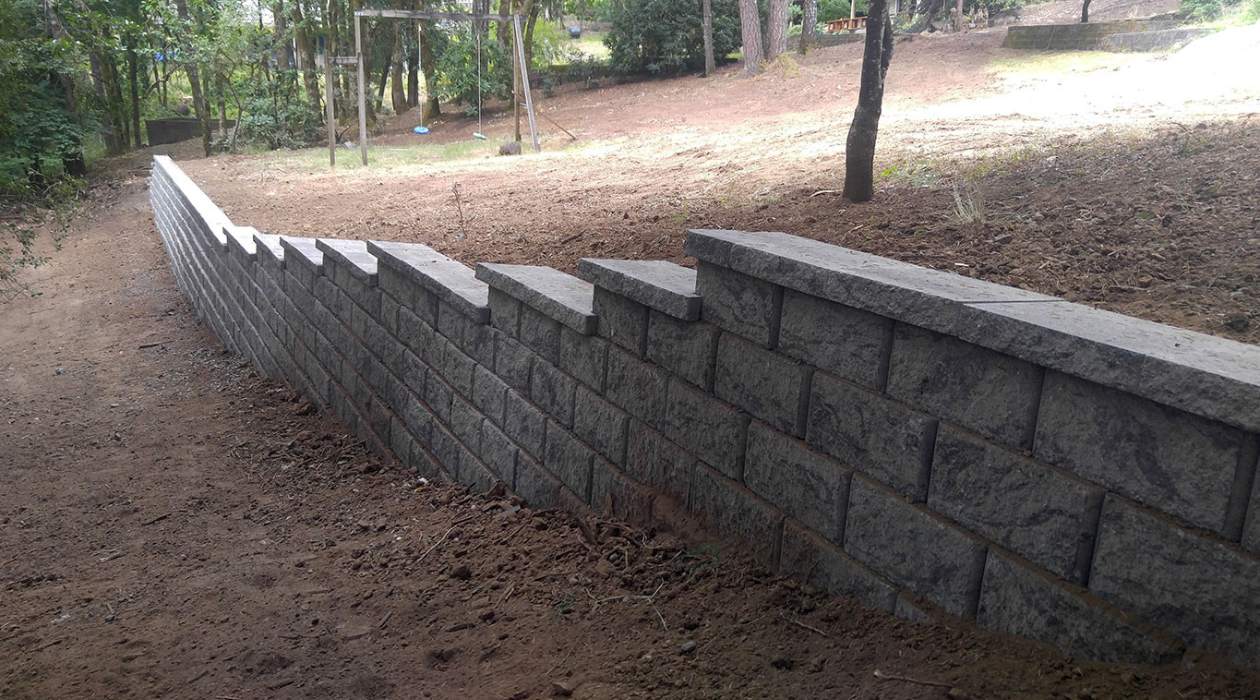

0 thoughts on “11 Retaining Wall Ideas To Maximize Your Outdoor Space”